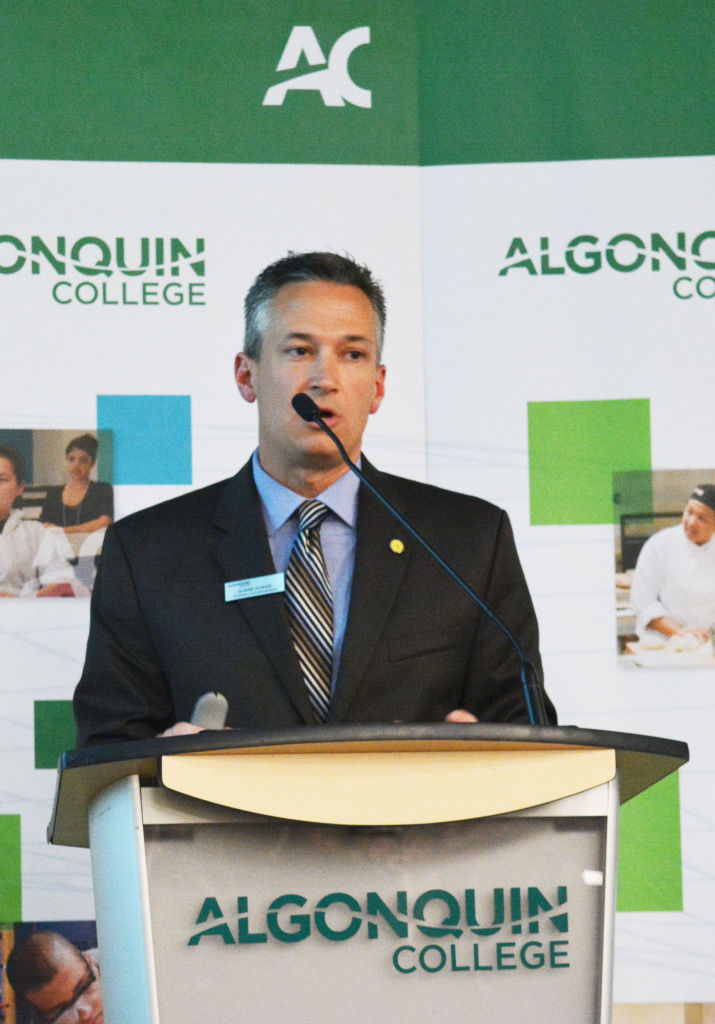
Students can expect a three per cent hike in their tuition next fall as a result of the college budget approval.
The increase means an additional $90 in the cost of a $3,000 tuition fee, though that would vary according to the program of study.
The budget, which was released far earlier than usual, documented spending and revenue for the college. The tuition raise is said to lighten the load on operating costs, allowing the college to more easily make the repairs it is in dire need of.
The report also predicts enrolment to drop as low as one per cent this fall. This drop represents the changing demographics of the Ottawa area, said President Cheryl Jensen Feb. 22. It’s not unique to the city, however. This change is going to be seen throughout the country.
Jensen said this is representative of declining numbers of college age applicants up to 2020.
The Ottawa area is predicted to recover from the drop by that time, according to Duane McNair, Algonquin’s vice-president of Finances.
On the positive side of the budget, the college reported an accumulated surplus of $70 million as of this year, with an additional $10 million added to that in 2015.
Algonquin president Cheryl Jensen said that the addition was due to groups funded by the college not spending as much money as anticipated, thus returning it to college accounts.
The college has budgeted to spend $332 million in the 2016-2017 school year.
In spring 2014, the college received an audit stating that the total cost of deferred maintenance had raised from $41 million in 2010 to $87 million in 2014.
It is predicted to rise to $100 million dollars in the 2019-2020 school year.
The college is estimated to see the balance of funds strictly to be used within the campus to drop by $6.8 million next school year. The treasurer’s report claims this is due to several factors, including “extraordinary capital expenditures.”
These expenditures include investment in a new enterprise resource planning system and energy saving measures, B-building window replacements and upgrades to electrical plant transformers.
The $10 million surplus from 2015 will partially fund these one-time expenses, but according to college financial officials, making all the repairs the college needs would exceed the total accumulated surplus.


